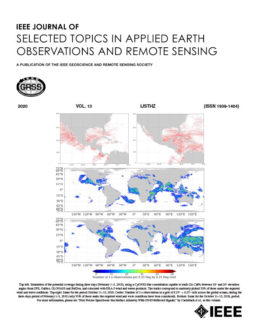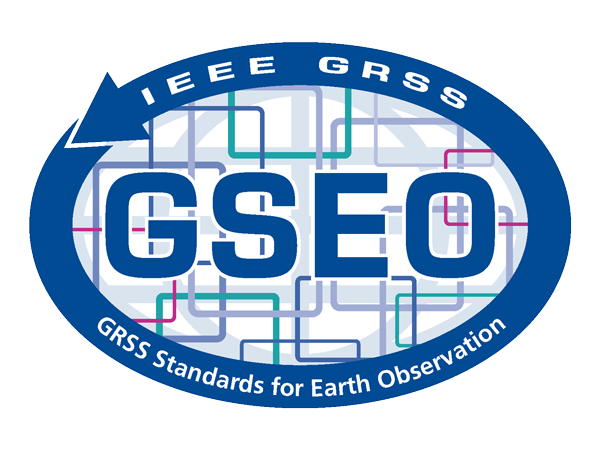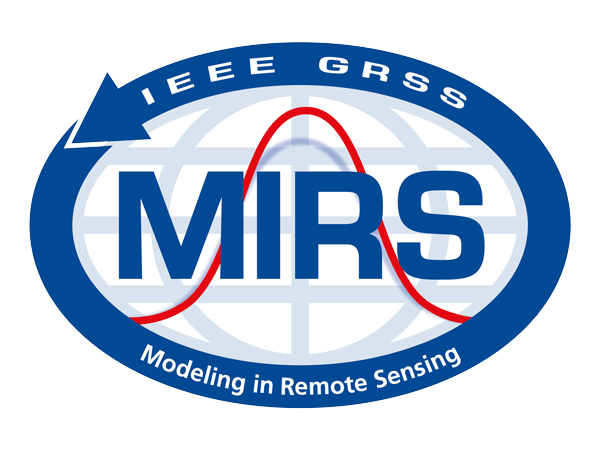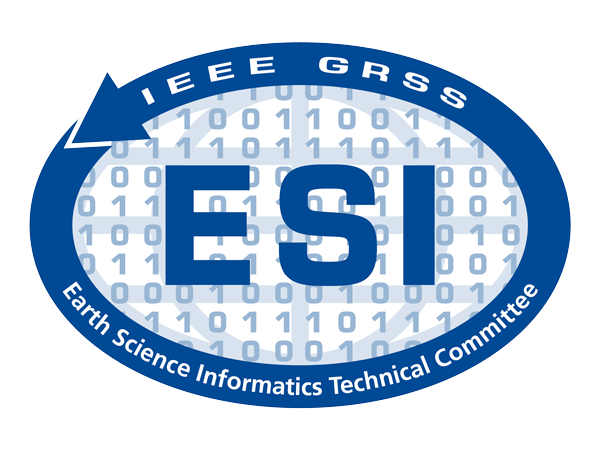Earth Observation and Food Security: The Indian Experience
Webinar Speaker: Dr. Shibendu S. Ray, Mahalanobis National Crop Forecast Centre, DAC&FW
- Friday, March 12, 2021
- 5:00 PM (IST)
- Sponsored by GRSS
About the Webinar
Agriculture is a major component of the Indian economy. With around 43 per cent of the geographical area coverage, agriculture contributes 17 per cent to the GDP (Gross Domestic Product) of the country and employs more than half of the working population of the country. Improving food security and doubling farmers’ income are the major goals of the nation. Technology is a major enabler for achieving these goals. Guided by the vison of Vikram Sarabhai, India has a vibrant end-to-end earth observation programme, aimed at national development. Starting from the first operational remote sensing (RS) satellite IRS 1A in March 1988, the country has launched many earth-observation (EO) satellites which have been used for various natural resources management applications, with major emphasis on agriculture and food security. Operational large agricultural applications include crop production forecasting, drought assessment, cropping system analysis, horticultural assessment and development, crop intensification, site suitability analysis, satellite agro-meteorology, precision farming, crop insurance, etc. The EO data is not only being used for national and regional level planning purposes, but also for field level applications, touching the livelihood of farmers. This presentation will discuss these applications, along with the gap areas in earth observation and way forward.
Speakers’ Bio
Dr Shibendu S. Ray is the Director of the Mahalanobis National Crop Forecast Centre (MNCFC), Ministry of Agriculture & Farmers’ Welfare, since its inception in 2012. At MNCFC, he is leading a team of nearly 50 scientific/technical personnel for operationalisation of remote sensing applications in agriculture, in various domains such as crop forecasting, drought assessment, crop insurance, agricultural development, etc. He is also a scientist of Space Applications Centre, ISRO, since 1991. Dr Ray has received his Masters and Doctorate degree, in Agricultural Physics, from the Indian Agricultural Research Institute, He has more than 200 publications, including 74 peer reviewed journal papers. He has been honoured with multiple awards/recognitions, which include ISRO Merit Award, 2014, Satish Dhawan Award of Indian Society of Remote Sensing (ISRS), 2014; National Geomatics Award of Indian Society of Geomatics, 2015; Prof. P. R. Pisharoty Memorial Award of ISRS, 2005; Dr. Vikram Sarabhai Research Award of Physical Research Laboratory, ISRO, 2005; and Fellow of ISRS, 2016.




























